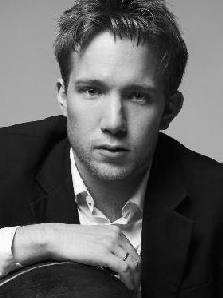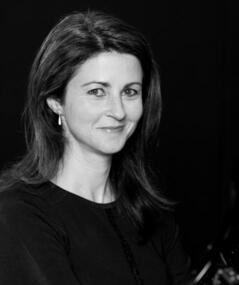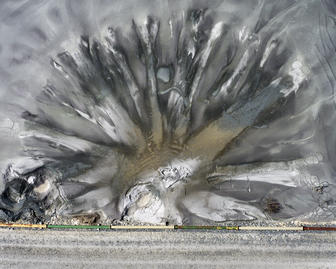

|
Kettering Concerts |

Programme:
|

Jonathan Békés started playing the cello at 10 years old and has studied at the Sydney Conservatorium of Music and the Australian National Academy of Music. He has learnt with cellists such as Howard Penny, Julian Smiles and Susan Blake and won numerous awards for his performance including the ANAM Director’s Prize, and First Prize in the ANAM Chamber Competition. He is recipient of the 2016 Accenture Australia Scholarship, the Sydney Conservatorium’s Corinna d’Hage String Scholarship, and has attained his AMus and LMus, both with distinction.
Békés is in great demand as a performer, chamber musician and teacher across Australia and has taken his cello across the world, having performed and taught across four different continents. He is member of the Tasmanian Symphony Orchestra, a founding member of the award winning Clarendon Trio and plays regularly with the Australian World Orchestra, Melbourne Symphony Orchestra, and Sydney Symphony Orchestra. Békés has performed chamber music alongside such artists as Anthony Marwood, Stephan Dohr, Ole Bøhn, and Timothy Young and has performed in masterclasses for Steven Isserlis, Pieter Wispelwey, Nicholas Aldstaedt and Alban Gerhadt.
Békés has appeared as soloist with numerous orchestras around Australia including the Hobart Chamber Orchestra and the Sydney Youth Orchestra. In 2011 he played for a full house at the Sydney Opera House Concert Hall as part of the HSC ENCORE program.
In his spare time, Békés is a passionate Sydney Swans supporter and a committed Hobart Hurricanes enthusiast. He is a keen squash player, an avid golfer and loves to get outside to go hiking and mountain biking. For more information go to www.jonathanbekes.com.

Karen Smithies moved to Tasmania from the Central Coast of NSW in 1998. She completed her Masters in Music Performance at the University of Tasmania in 2003, studying with Beryl Sedivka and David Bollard. Upon graduating from Sydney Conservatorium with a Bachelor of music in piano performance and accompaniment, Karen was awarded the “Mollie Neal” scholarship for excellence in Accompaniment. She has appeared as soloist and accompanist with regional orchestras and major vocal ensembles across the Central Coast and in Sydney.
Karen has made several national ABC and 3MBS FM broadcasts with artists such as cellist Christian Woijtowicz, violinists Marina Phillips and Romana Zieglerova, baritones Christopher Richardson and Michael Lampard and the TSO Brass and Friends.
Karen is currently lecturer in Accompaniment at the Tasmanian Conservatorium of Music and has lectured in piano studies at the University of Tasmania since 2000. In that time she has been busy as a repetiteur, and accompanist of undergraduates, postgraduates and visiting artists at the Conservatorium and throughout Tasmania. Karen regularly plays as orchestral and rehearsal pianist for the Tasmanian Symphony Orchestra and repetiteurs for the Tasmanian Symphony Orchestra Chorus. Karen lives in on Hobart’s Eastern shore with her husband Matthew and four children.
 Tom Polacheck is a local artist/photographer residing in Woodbridge. He is interested in how the perspective provided by the camera enhances and challenges conceptions of reality and our place within it (both personally and as a species). The images presented here were taken within Tasmania and are from a larger body of work entitled “Ephemeral Landscapes”. One of the beauty and magic of the camera is its ability to freeze that which is fleeting and passed by. It allows us to perceive what otherwise would never have been consciously remembered. They are ephemeral because their focus is on the transitory, temporal component of what is always before our eyes.
Tom Polacheck is a local artist/photographer residing in Woodbridge. He is interested in how the perspective provided by the camera enhances and challenges conceptions of reality and our place within it (both personally and as a species). The images presented here were taken within Tasmania and are from a larger body of work entitled “Ephemeral Landscapes”. One of the beauty and magic of the camera is its ability to freeze that which is fleeting and passed by. It allows us to perceive what otherwise would never have been consciously remembered. They are ephemeral because their focus is on the transitory, temporal component of what is always before our eyes.
| Copyright © 2025 Kettering Concerts. Last updated 18 September 2022. |
|